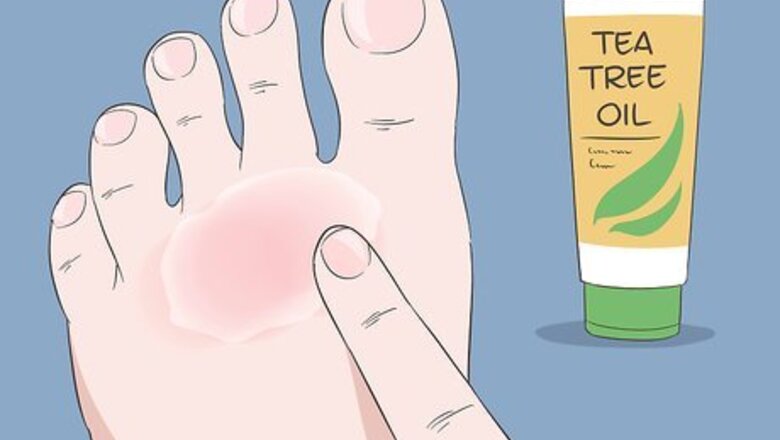
views
X
Trustworthy Source
Mayo Clinic
Educational website from one of the world's leading hospitals
Go to source
Unfortunately, home remedies are less successful. You can try some for yourself and see if they work. If not, then switch to an antifungal cream or visit a podiatrist for further treatment.
Home Remedies That Might Work

Rub 50% tea tree oil cream onto the rash. Tea tree oil is a possible home remedy for athlete’s foot. Get a cream containing a 50% concentration of tea tree oil and rub it onto your rash twice a day. Continue this treatment for 2-4 weeks to clear the rash. If you get undiluted tea tree oil, dilute to a 50% concentration. Use a carrier oil like jojoba or olive. Then mix 1/2 tsp (2.5 ml) of carrier oil with 1/2 tsp (2.5 ml) of the tree oil for a 50% mixture. Weaker concentrations of tea tree oil, as low as 10%, might help reduce the rash, but generally won’t kill all of the fungus.
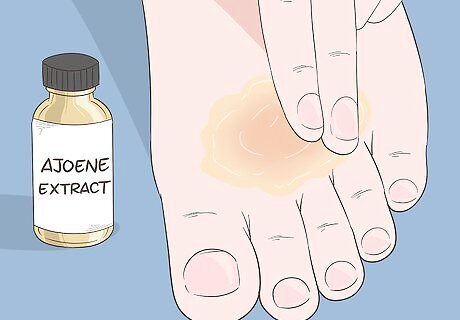
Apply ajoene extract to kill the fungus. Ajoene is a compound in garlic that small studies show can kill the athlete’s foot fungus. Get a 1% concentration of ajoene oil or gel. Rub this onto the rash twice a day for 1-2 weeks to see if this works for you. You might also be able to use raw garlic as an antifungal treatment. However, raw garlic hasn’t been studied specifically against athlete’s foot.
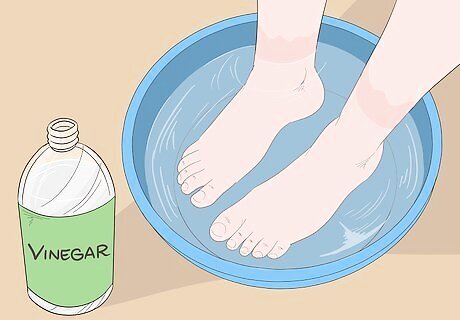
Try a vinegar foot soak to kill bacteria and odor. This is another popular home remedy for athlete’s foot. It hasn’t been widely studied, but some people find it helpful. Mix 2 parts of warm water with 1 part of white or apple cider vinegar. Then soak your feet for 15-20 minutes. This might kill the fungus causing your rash. You should only do a vinegar soak once a week, so you’ll probably have to try other methods as well. Vinegar is acidic and might cause some burning or irritation if you have cuts on your feet.
Preventing the Rash from Spreading
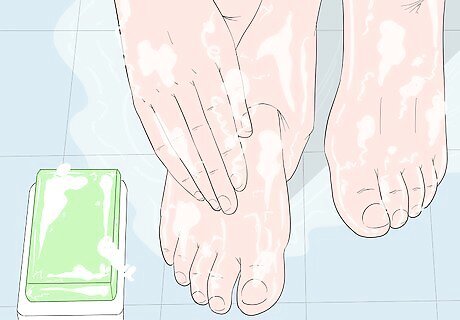
Wash your feet with soap and water twice a day. It’s very important to wash your feet so the fungus doesn’t spread. Wash in between your toes, or anywhere else that the rash is, with soap and water. Then rinse all of the soap off. Repeat this twice per day until the rash clears. Remember to wash your hands after cleaning your feet. This prevents the fungus from spreading. This is also an important practice to prevent athlete’s foot, so wash your feet every time you bathe.
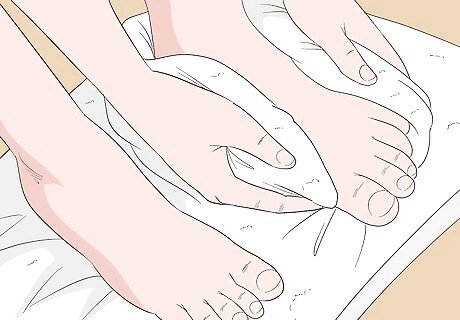
Dry your feet whenever they’re wet. Fungus grows in warm, wet environments like sweaty feet. Whenever your feet get wet or sweaty, use a towel and dry them off. Remember to get in between your toes, which is where athlete’s foot usually starts. To dry your feet further, you could rub some talcum powder onto your feet. Only use the towel once and then wash it. Otherwise you could spread the fungus.
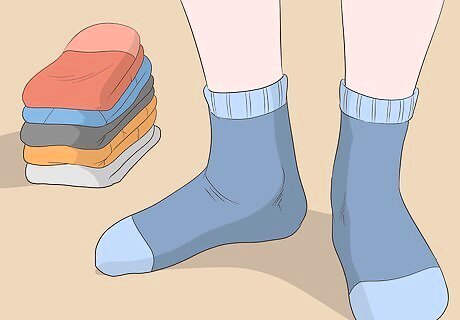
Change your socks and shoes daily. The athlete’s foot fungus could live in your socks and shoes, so don’t wear the same ones every day. Change your socks twice a day, especially after your feet get sweaty. Also try not to wear the same pair of shoes more than 1 day in a row. This gives them time to dry out before you wear them again. Try leaving your shoes near a window or somewhere else they’ll dry out better. You could also sprinkle talcum or antifungal powder into your shoes to dry them out and kill any leftover fungus.
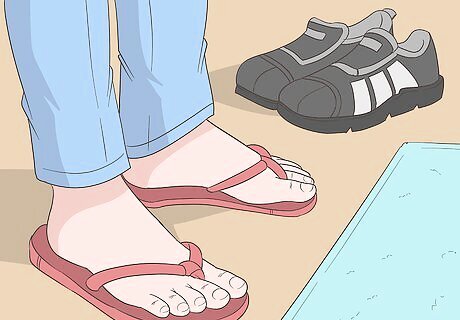
Take off your shoes when you’re at home. Keeping your shoes on provides a good environment for the fungus to grow and spread. When you get home, take your shoes off so your feet can dry and cool off. If you take your socks off, be sure to wear a pair of sandals. You could spread the fungus if you walk around barefoot.
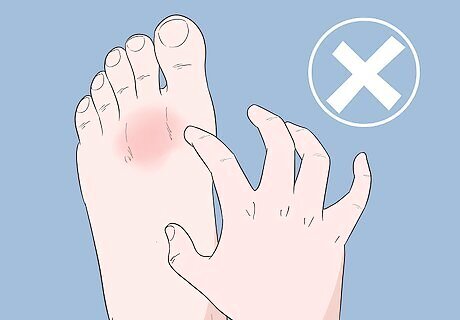
Resist the urge to scratch or touch the rash. The athlete’s foot fungus is contagious and you could spread it around if you touch the rash. While the itching might be annoying, do your best to ignore it and avoid scratching the area. This also helps the rash heal faster. If you do accidentally touch the rash, wash your hands right away so you don’t spread it.

Use your own towels, shoes, and personal items. Sharing towels, nail clippers, shoes, and other personal items can definitely spread the rash to other people. Don’t share any personal items with others in your home to keep the rash contained. Using your own personal items is generally a good practice, even if you don’t have athlete’s foot. It prevents people from accidentally spreading fungus or bacteria to each other.
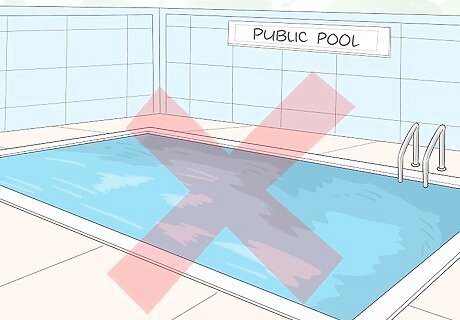
Stay away from public pools and showers until the rash clears. These are some of the most common places that athlete’s foot spreads. Be considerate of other patrons and avoid these areas until your rash clears up. If you do have to go to a place like this, don’t walk around barefoot. Always wear sandals or some other footwear so you don’t spread the fungus.


















Comments
0 comment